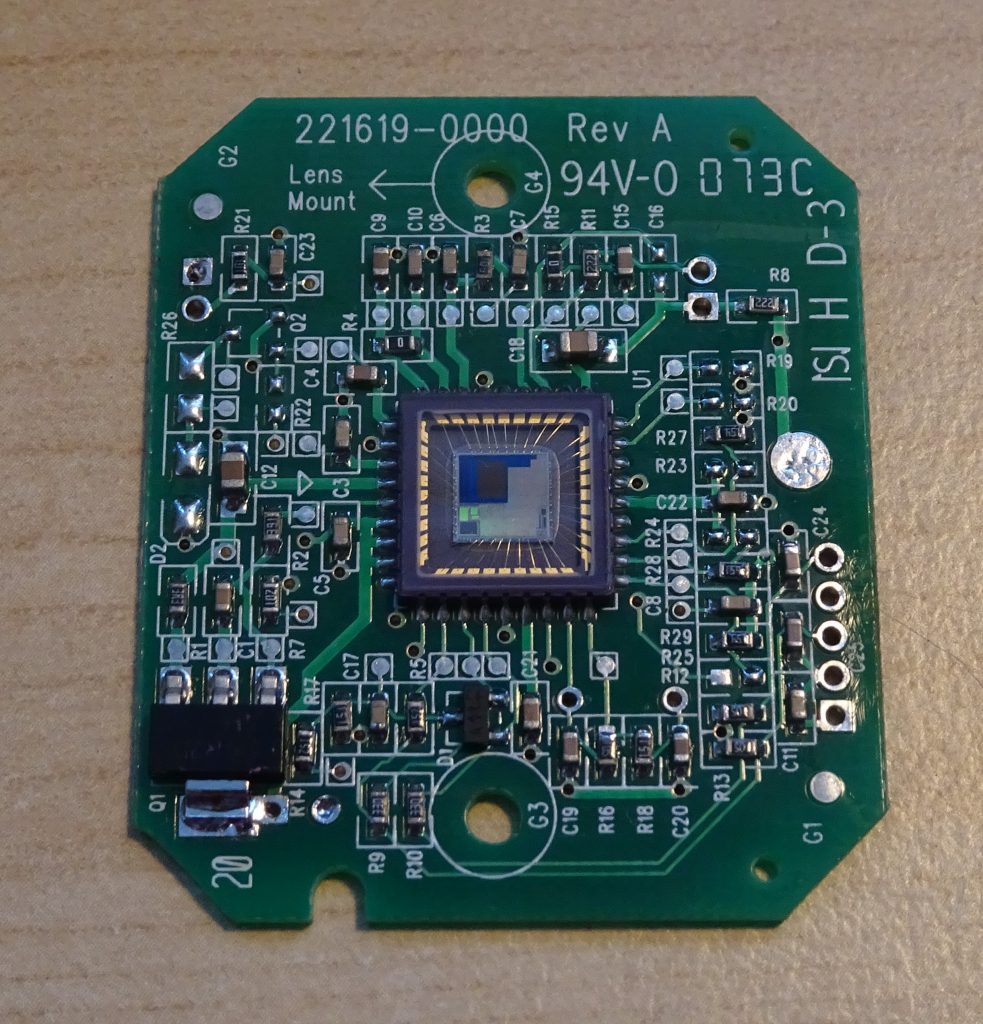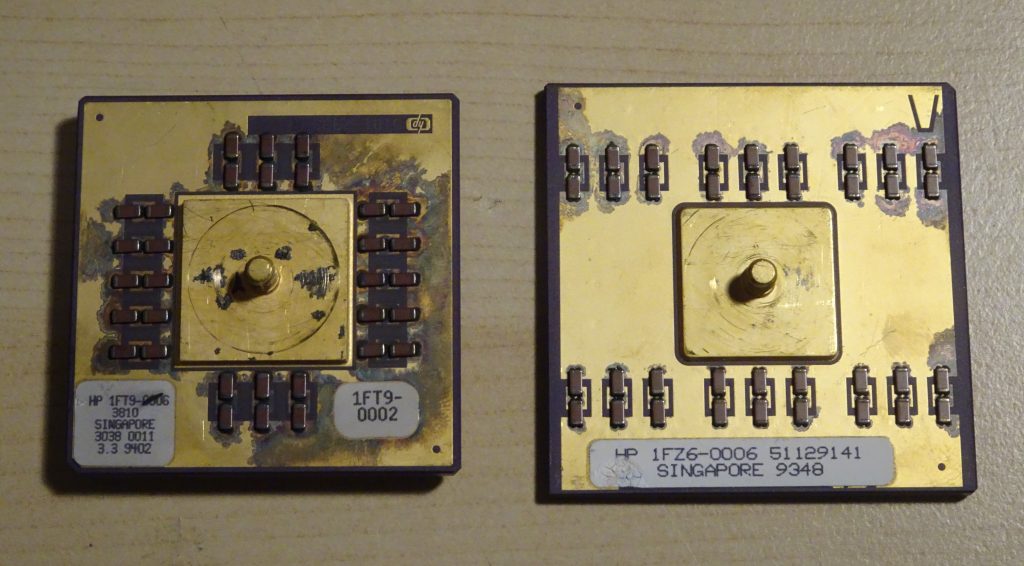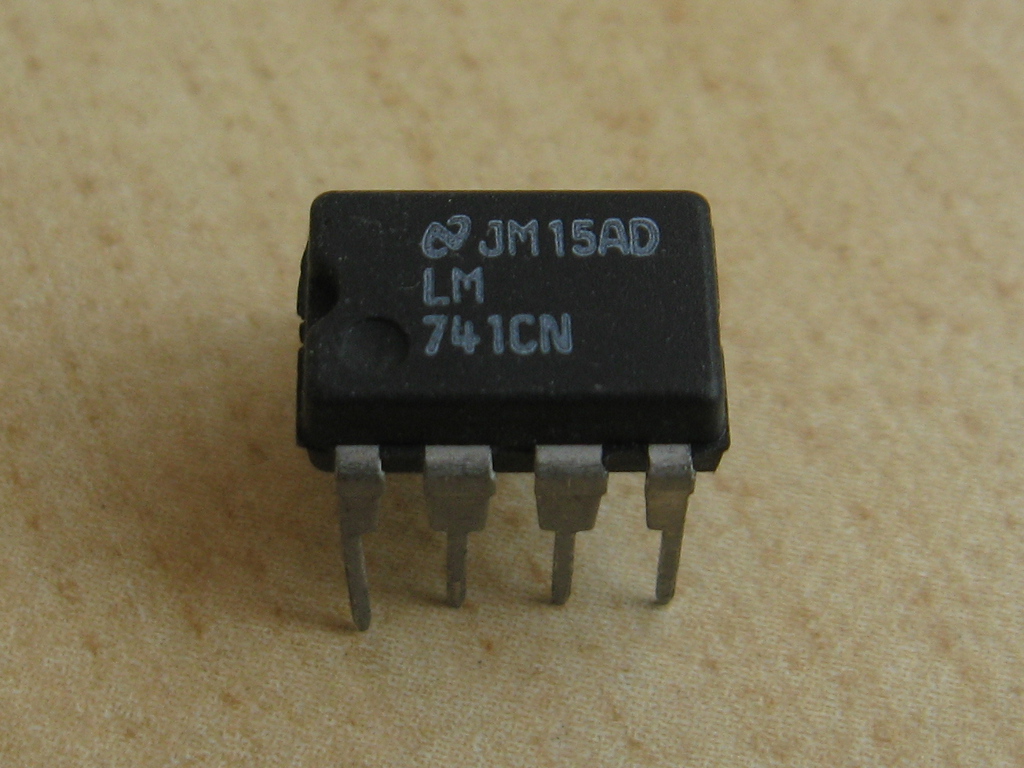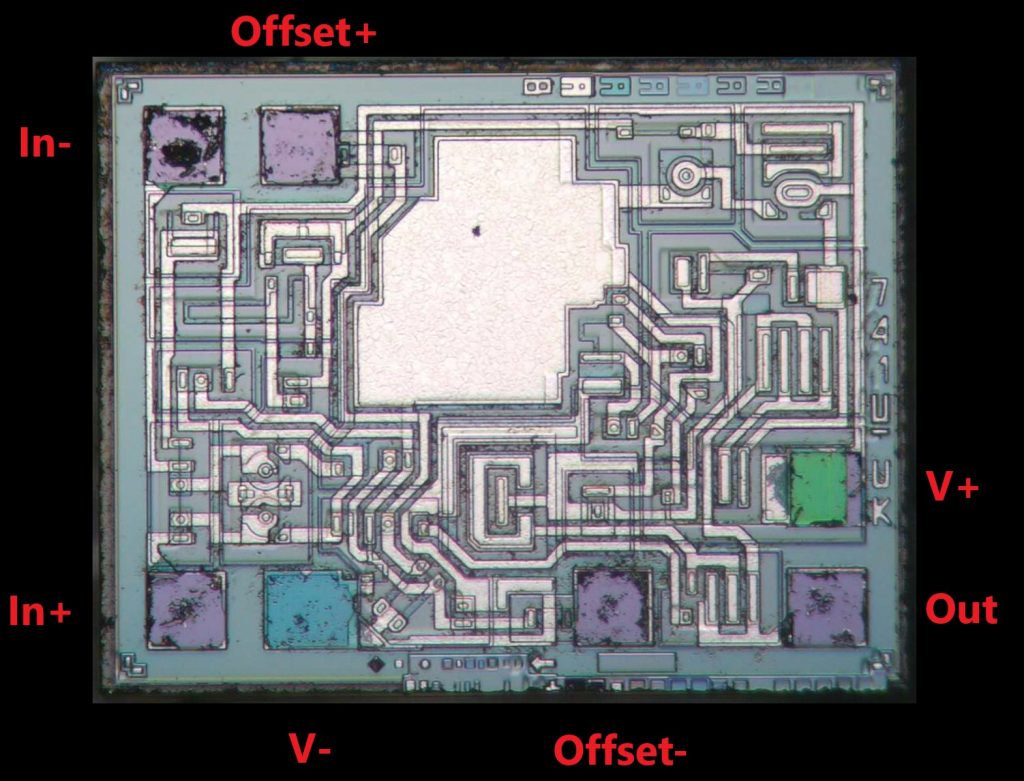Intel introduced the 80486 processor in 1989, as a successor to the 80386. It provided a significant increase in processing speed: a 486 was about twice as fast as a 386 at the same clock frequency. This was achieved mainly by a pipelined design and 8 kB of on-chip L1 cache. The initial 486 design also included an FPU, which in 386 systems was still an optional, separate chip.
In late 1991, Intel introduced a low-cost version called the 486SX, and renamed the original processor 486DX. The only difference between the two was the presence of the FPU: a 486SX system was much slower than a 486DX when performing floating-point calculations, but was otherwise identical. The absence of an FPU did not make much of a difference for many common tasks such as word processing, and the 486SX became very successful in low-end consumer PCs, displacing the last generation of 386 processors.
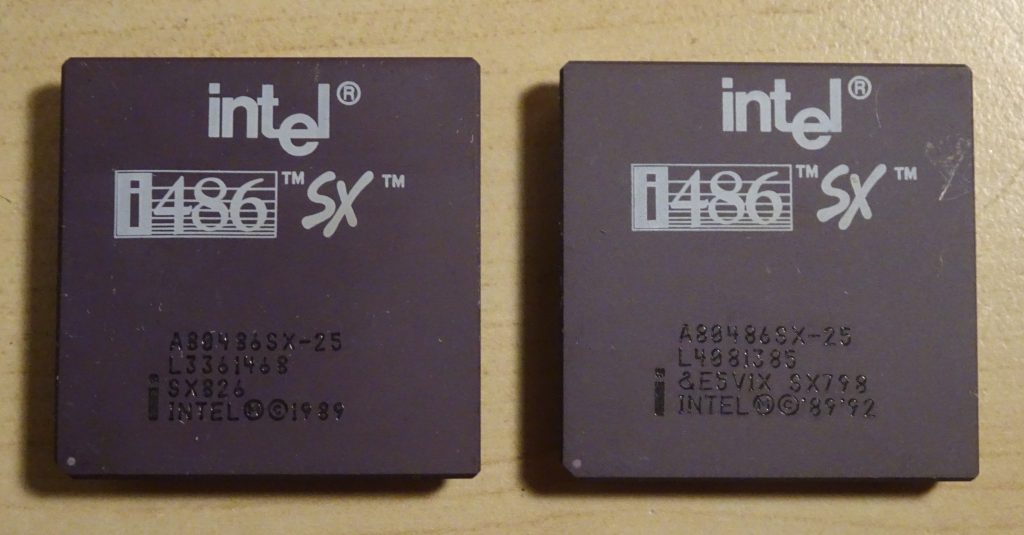
Today we’ll look at two very similar chips. Both are 486SX processors running at 25 MHz. Although the ‘SX was also available in 16, 20 and 33 MHz versions, I’ve found that 25 MHz was by far the most common. I’ve owned several systems with this processor, but since it was so easy to upgrade them to much faster DX or DX2 processors all SX chips quickly ended up in my spare CPU box.
Continue reading
